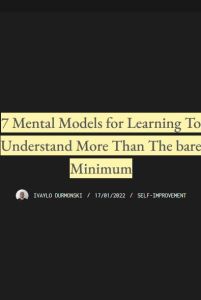
Article
7 Mental Models for Learning to Understand More Than the Bare Minimum
Ivaylo Durmonski,
2022
Recommendation
Few people invest time in learning about learning. But trying to absorb information without a clear strategy is a waste of your time and energy. Ivaylo Durmonski, a self-professed self-learner of numerous fields, showcases a collection of mental models that can help you take a more systematic approach to learning. These heuristics aim to expose human foibles and offer a more measured approach to your studies.
Summary
About the Author
Ivaylo Durmonski is a blogger who educates his readers on business, habits and productivity.
Learners who read this summary also read
Book
Book
Book
Book








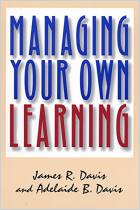
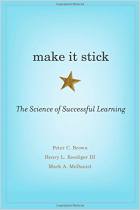

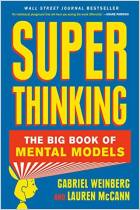
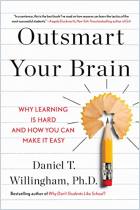
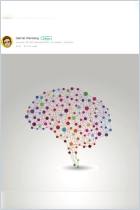

Comment on this summary or Démarrer une discussion